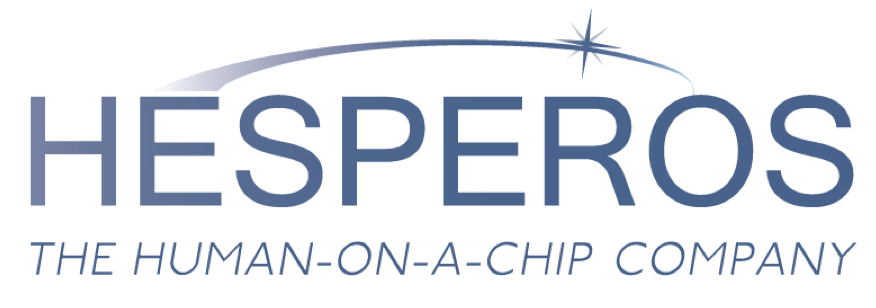The interest in our human-on-a-chip model continues to grow.
Last week we brought our systems to the National Center for Translational Science (NCATS) at the NIH in Washington, D.C. to perform a real-time demo using live cells. Hesperos, Inc. is the first company spun out from the Tissue Chip Program at NCATS. In attendance were many medicinal chemists, as well as representatives from the NIH & NCATS, and reporters from the Washington Post.
The demonstration allowed observers to witness the functional effects of epinephrine on human cardiac cells in our hybrid 3D system, and learn about how our human-on-a-chip technology can yield data that could revolutionize the drug development process.
Researchers are actively looking for alternatives to animals, for both ethical and scientific reasons. With more and more researchers citing issues translating animal models to clinical trials, Hesperos’ models are being explored by pharmaceutical developers and regulatory agencies.
The technology is being considered a useful tool to understand adverse effects of drugs currently on the market. At this meeting, researchers were specifically interested in adapting this technology to address the ongoing opioid epidemic. Everyday 130 people die in the U.S. from opioid overdose, with many more developing lasting medical issues and addiction. The NIH has made a combating this problem a priority, and Hesperos’ human-on-a-chip model may be relied upon in the near future and help address this crisis.
